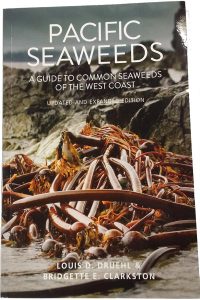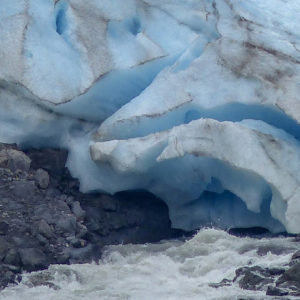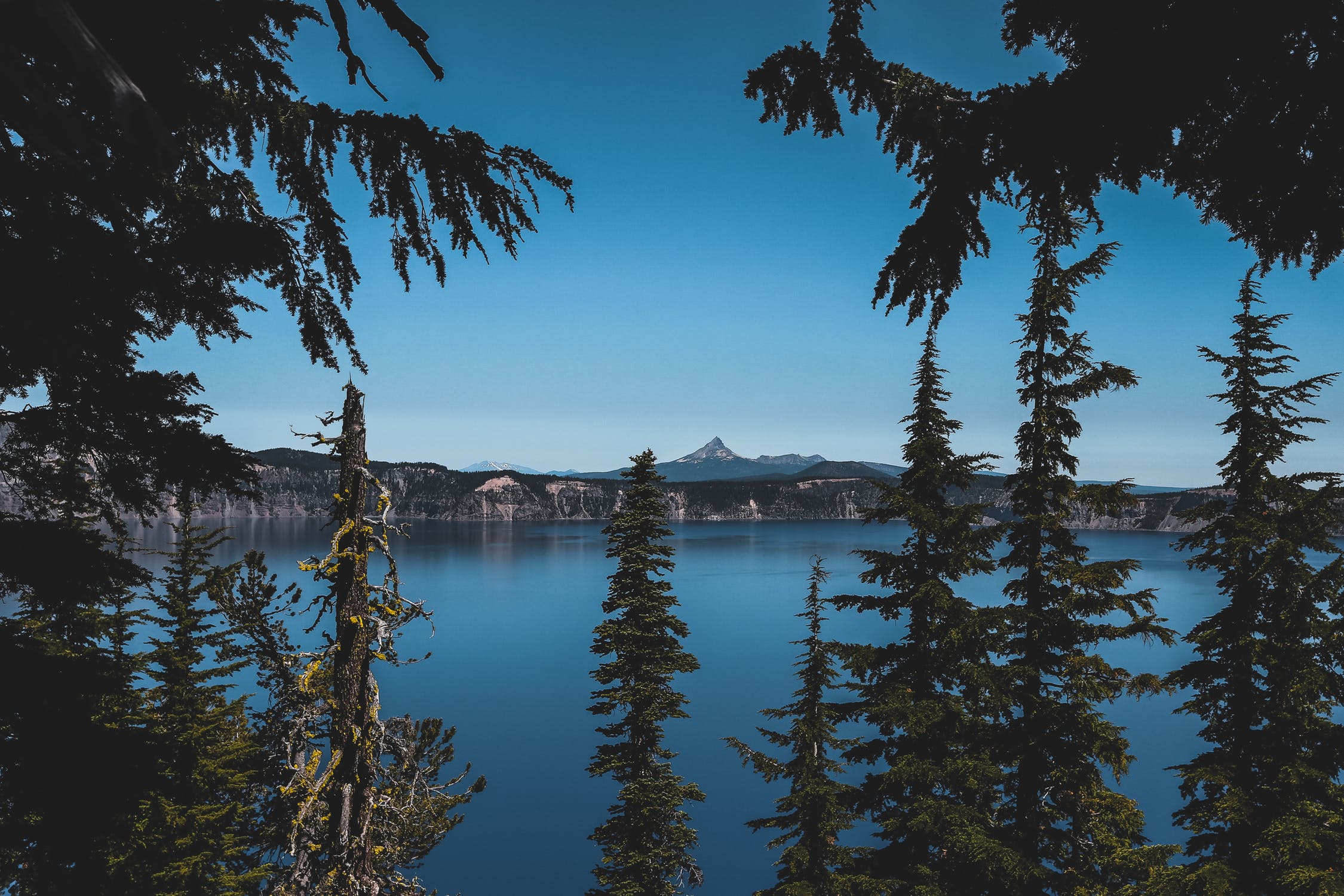Pacific Seaweeds – A Guide to Common Seaweeds of the West Coast

Sofia Osborne, Guest Blogger
This guest blog book review was written by Sofia Osborne.
As a kid growing up in Vancouver seaweed was the monster trying to grab my feet as I swam, the tangled octopus of slime I circumnavigated suspiciously on the beach. Little did I realize its importance.
The first section of Pacific Seaweeds by Louis D. Druehl and Bridgette E. Clarkston outlines the morphology, life history and diversity of seaweeds, and if you ever thought seaweed was just a sushi holder you’ll quickly realize how wrong you are (though there is a section on cooking with seaweed). As explained by Druehl and Clarkston there are about 15,000 identified seaweed species with thousands more waiting to be discovered.
The three types of seaweed, red, green and brown, are surprisingly unrelated. Red and green seaweeds haven’t shared a common ancestor for 1.5 billion years, and brown seaweed isn’t related to them at all. This made me realize that seaweeds are more complex than I’d ever imagined and definitely deserving of a guidebook. As a kid, I would group seaweeds into two categories: long, scary seaweed and the kind you can pop like bubble wrap, not very scientific.

Pacific Seaweeds – A guide to common seaweeds of the west coast. By Louis D. Druehl and Bridgette E. Clarkston
The beginning of the book is loaded down with talk of multinucleate cells and haploid plant bodies. While that information is interesting for biology enthusiasts and probably intimidating for others, there are some hidden gems of insight that are worth slogging through descriptions of seaweed reproduction for. Apparently brown algae sex pheromones can smell like gin, who knew?
Aided by the amazing, bright pictures that highlight the diversity of seaweeds, the identification part of this guidebook is easy to use. Spotted a spongy seaweed? The thumbnail identification guide will point you to the right section. Look it up and you’ll learn its classification, how many species there are, its distribution and a description.
After helping us identify seaweeds, Pacific Seaweeds takes an in depth look at its ecology. As Druehl and Clarkston discuss the distribution of seaweeds they make an important point: in British Columbia we are lucky to have such diverse seaweed species and we shouldn’t take them for granted.
Seaweed’s production of organic compounds from carbon doesn’t just support marine animals but also sequesters the carbon we humans keep pumping into the atmosphere. Despite these important ecological roles, we’re putting seaweed at risk with our activities. In our excitement to explore tidal pools we forget that the green stuff we’re walking all over is alive and important. In our rush to get oil to market we spill pollution into marine habitats. And with our unending release of greenhouse gases we change the climate seaweeds rely on.
Seaweeds are underrated. They’re seen as more slimy than beautiful, just a kind of water plant. In reality, seaweeds are diverse and crucial to the ecosystems that we love. Luckily, Pacific Seaweed turns the spotlight on them. Flip through its thick, colourful pages and you’ll want to head to the beach, ready to give seaweeds the attention they deserve.



